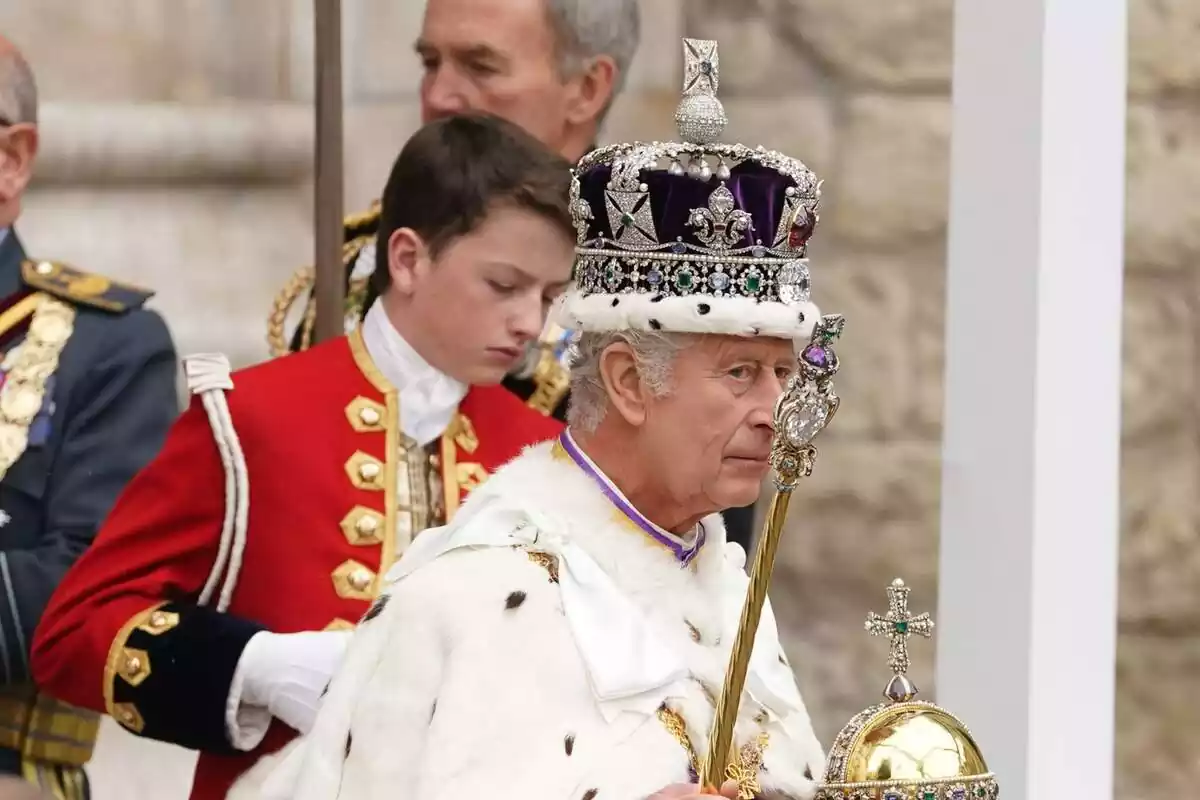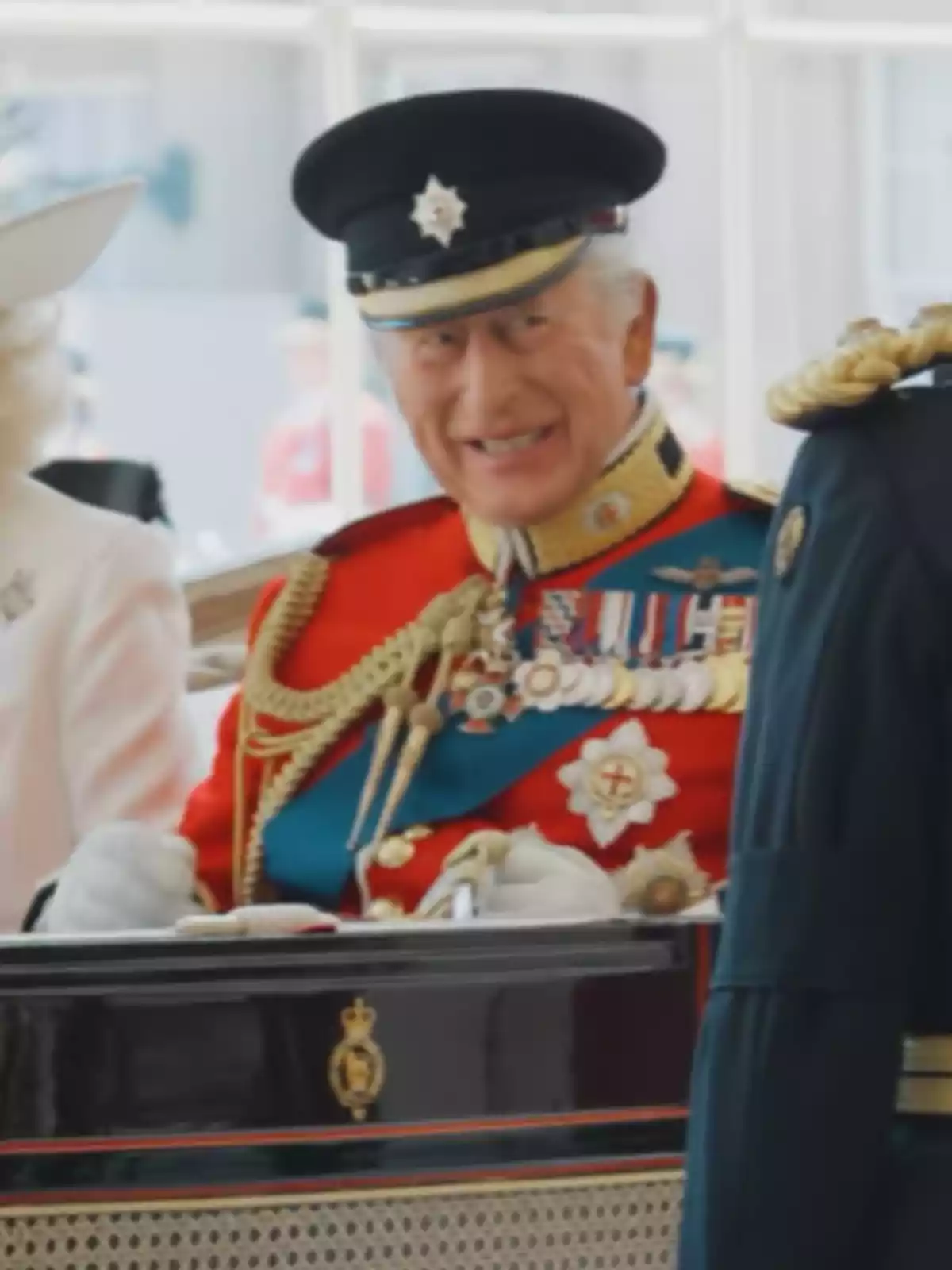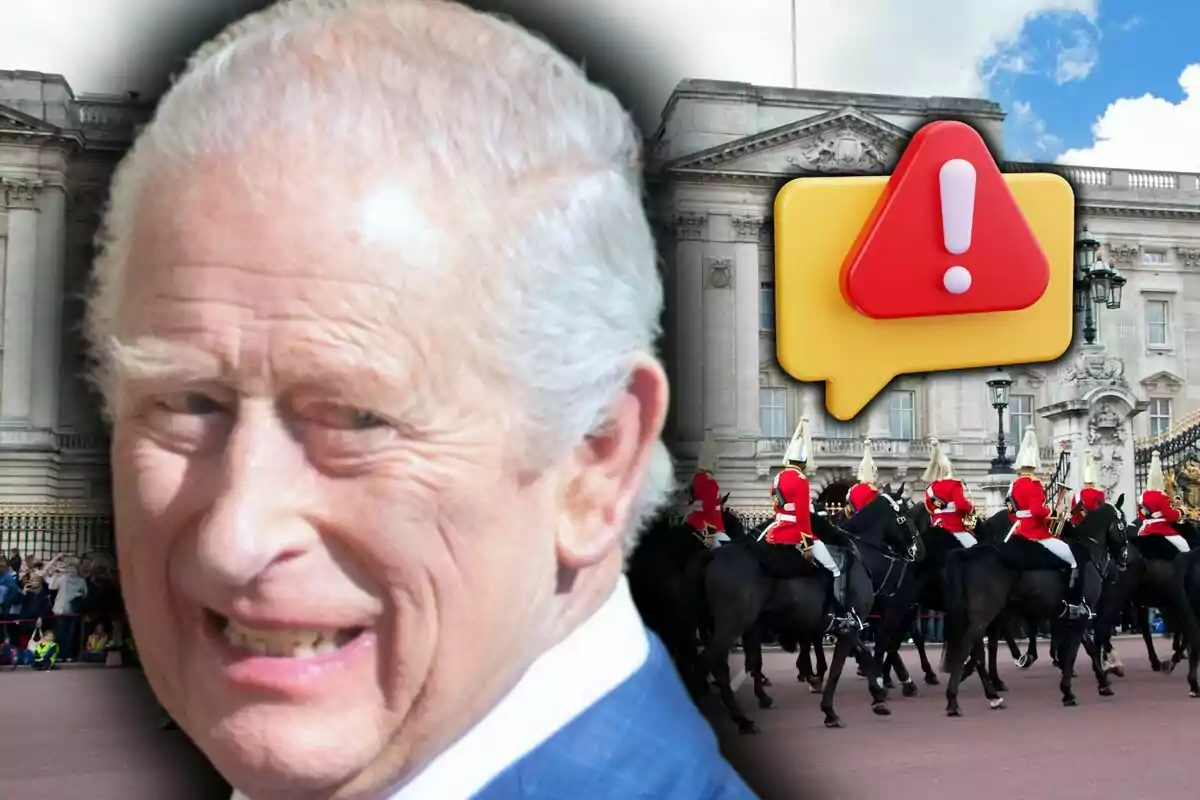When we talk about the British monarchy, we do not only think of grand castles, lavish ceremonies, and strict protocols. King Charles III, known for his elegance and closeness to the people, has shown in his latest visits that the 21st century has allowed him to venture into rather surprising areas. He is not just a symbol of tradition, but also of adaptation to the future.
Recently, the monarch embarked on a visit that, far from being a simple tourist stop, was marked by historic anniversaries of great significance for the United Kingdom. Charles, true to his style, did not miss the chance to combine his appreciation for Scottish tradition with a gesture of respect for the country's progress and traditions.

A visit full of symbols and important anniversaries
During his time in northern Scotland, King Charles III unveiled a commemorative plaque in Caithness. The event celebrated the 70th anniversary of the Dounreay nuclear plant, a key milestone in the development of the United Kingdom's nuclear energy. In addition, the monarch took the opportunity to meet the crew of the Pacific Heron, one of the most modern vessels in nuclear transport.
This act was not just a simple protocol event. It was part of a day filled with celebrations that also marked the 50th anniversary of Pacific Nuclear Transport Limited (PNTL) and the 20th anniversary of the Nuclear Decommissioning Authority.
Charles, always close to communities, also took time to interact with local naval cadets. Just as with the volunteers of the Royal National Lifeboat Institution, reaffirming his support for those who protect the Scottish coast. He did all these activities while wearing his own Scottish kilt.

A modern king with surprises at every turn
Charles did not just stand out for his presence at solemn events. On his tour of Scotland, he made a surprise stop at Fetcha Chocolates, a shop specializing in vegan sweets in Campbelltown. Apparently, the monarch enjoyed some time among sweets, surprising the staff and the thousands of citizens who were waiting for him.
The tour was not just a series of official visits, but a way to strengthen ties with Scottish culture. In his time in the north, the king once again showed his love for traditions, wearing his own kilt for an occasion that was as royal as it was accessible.

